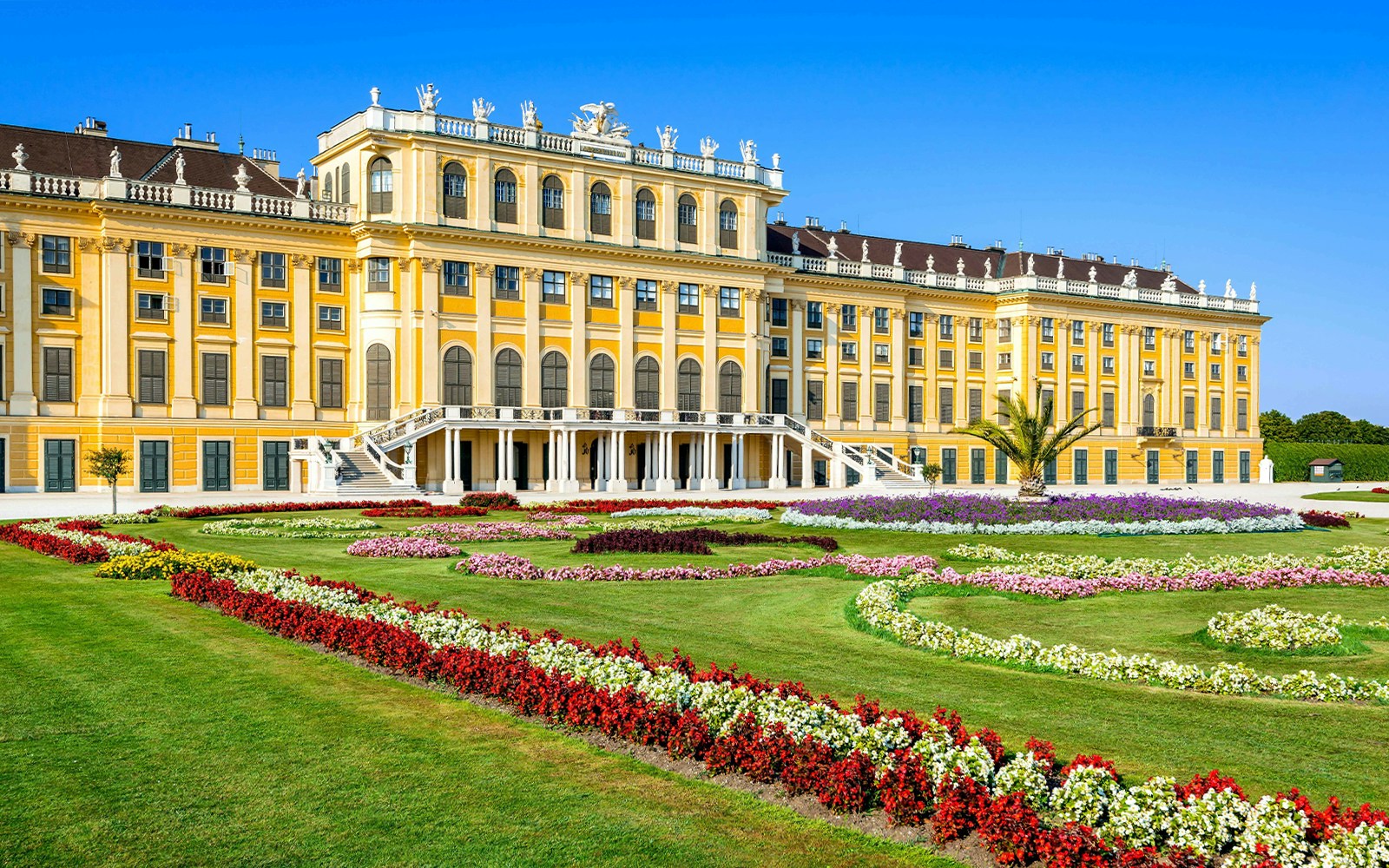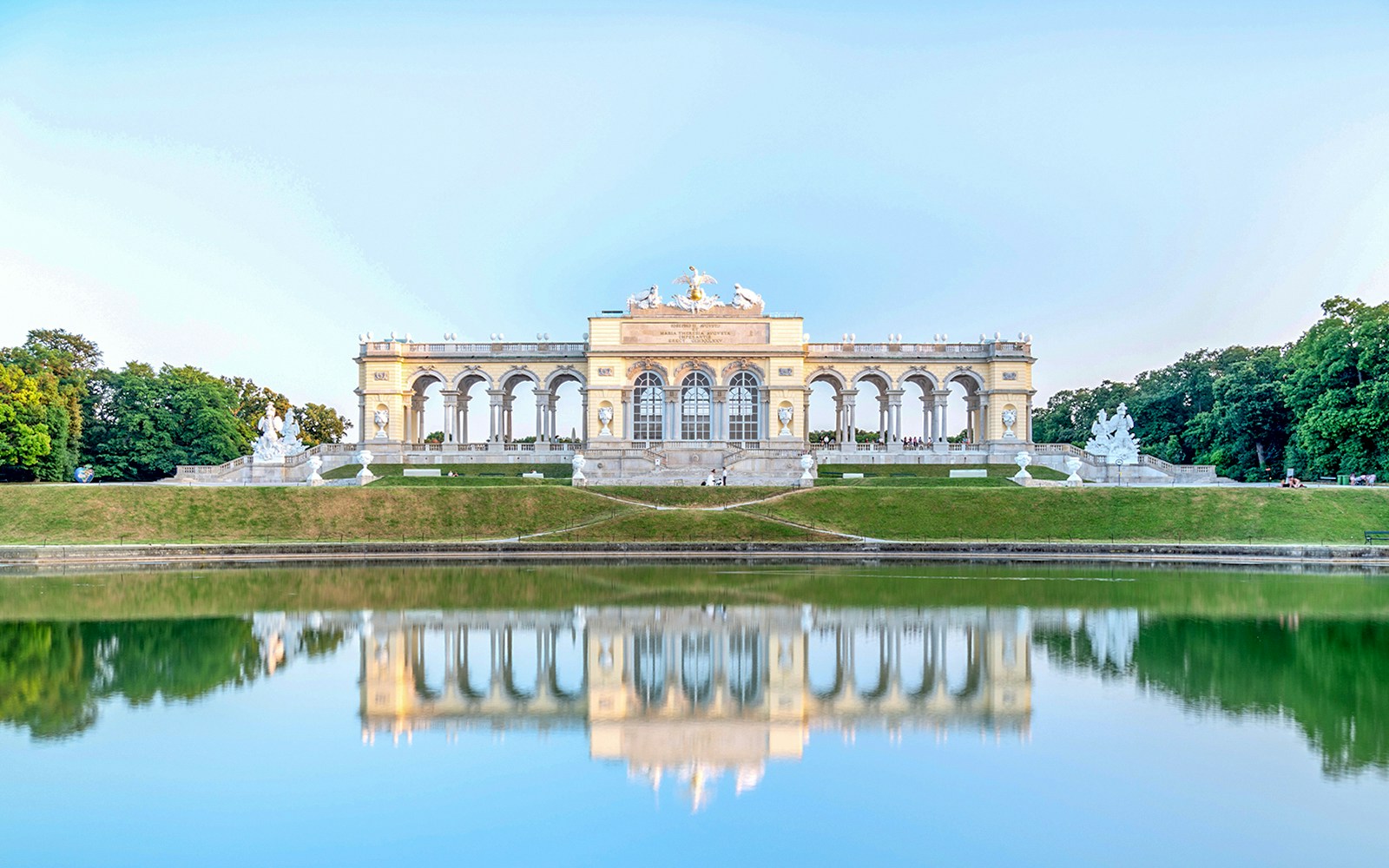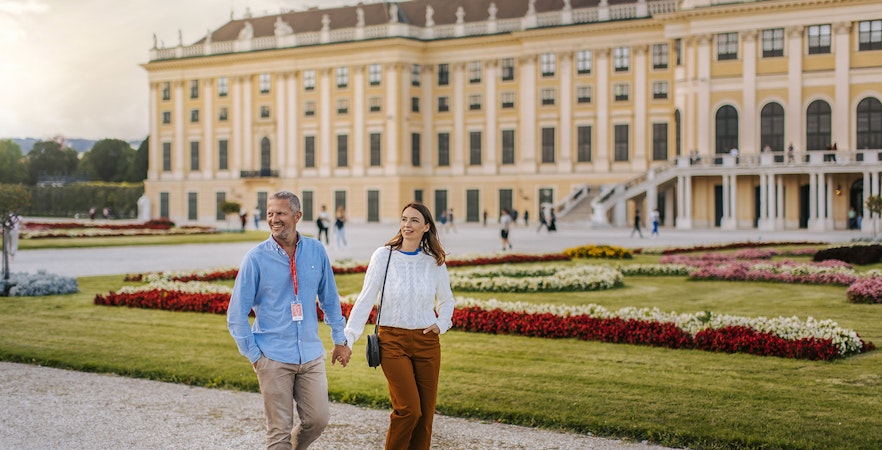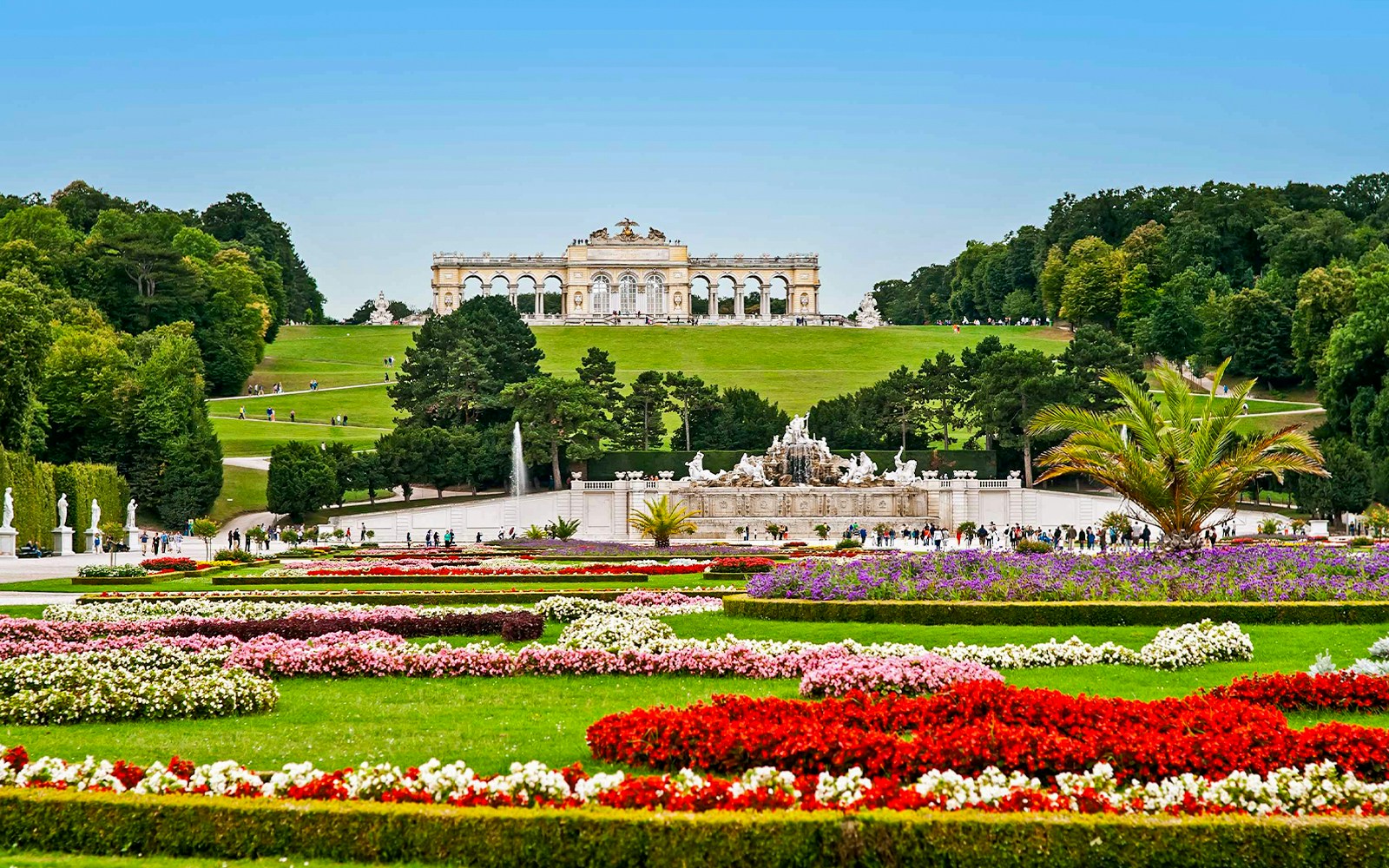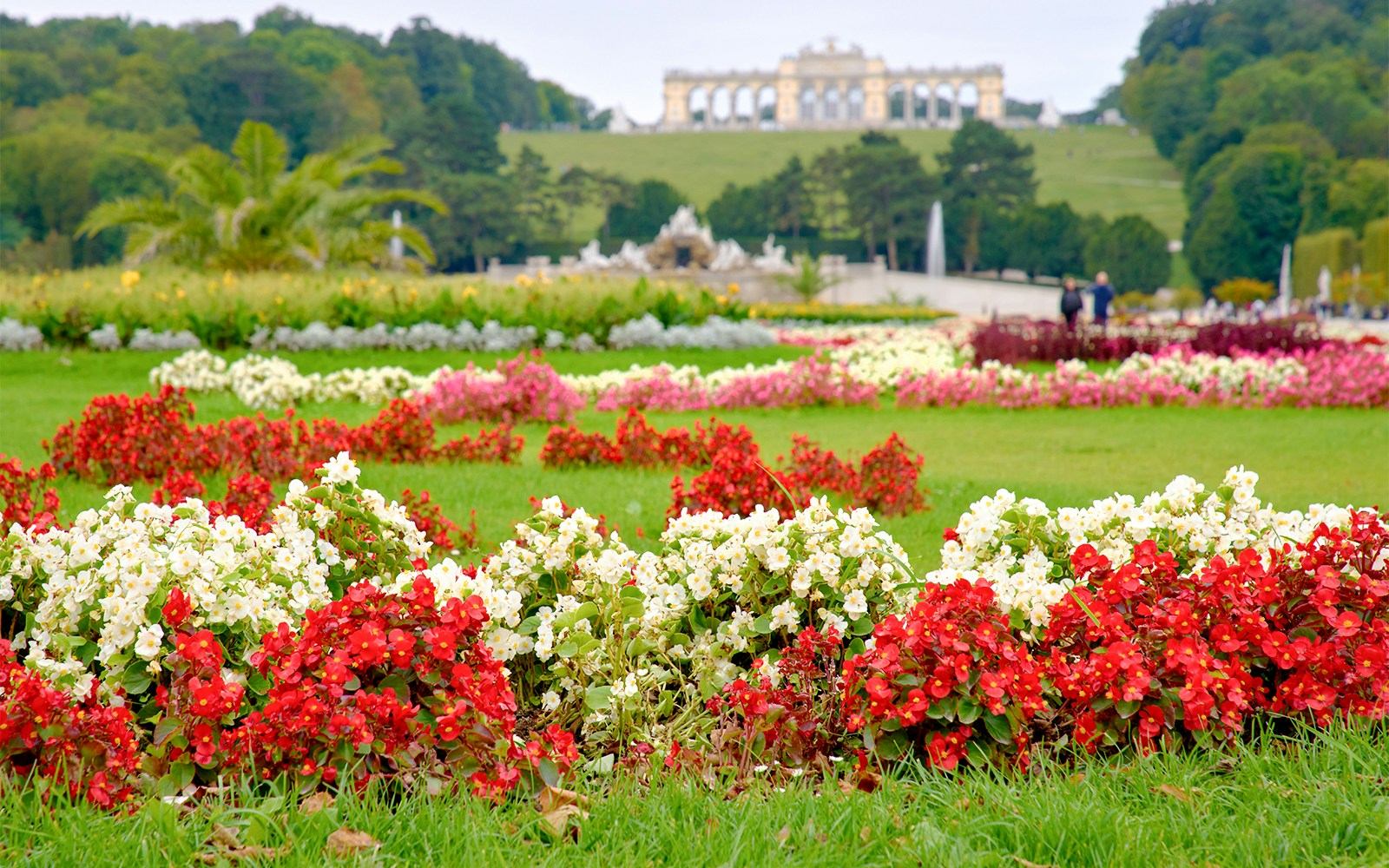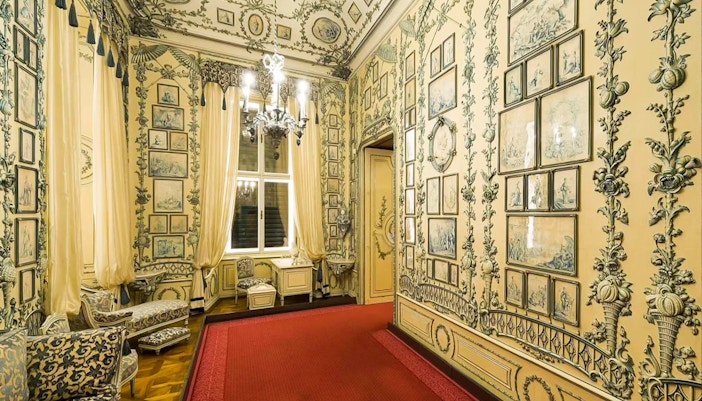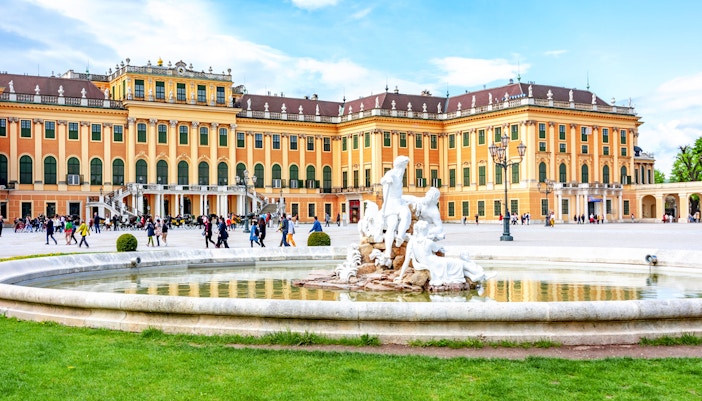Visiting the Gloriette: Queues, tickets, and access
Queues and waiting times
Unlike the palace’s State Rooms, you won’t find long, snaking queues at the Gloriette itself. The only point where lines form is at the entrance to the Panorama Terrace, especially in the summer season (July and August) between 10:30am and 3pm. At those times, you may wait 5 to 10 minutes as groups file in. Outside peak months (November to March) or early morning or late afternoon, access is usually immediate.
Access with standard tickets
All Schönbrunn Palace tickets, including guided tours, skip-the-line passes, and combos, give you access to the gardens, which means you can freely walk up to the Gloriette and enjoy its exterior views all year round. This is included at no extra cost, as the gardens are open daily from 6:30am, with closing times ranging from 5:30pm in winter to 9:00pm in summer.
Access to the Panorama Terrace
All palace tickets include the gardens and views of the Gloriette, but you need a separate pass to step onto the Panorama Terrace.
The terrace is open seasonally from April 1 to November 2:
- April to June & September to October: 9:30am to 5:30pm
- July to August: 9:30am to 6:30pm
- October 26 to November 2: 9:30am to 4pm
- Note: Last admission is 30 minutes before closing.
Cafe access
You can visit Café Gloriette on the ground level without a terrace ticket. It’s open daily and especially popular for breakfast and Sunday brunch, so book ahead on weekends.






